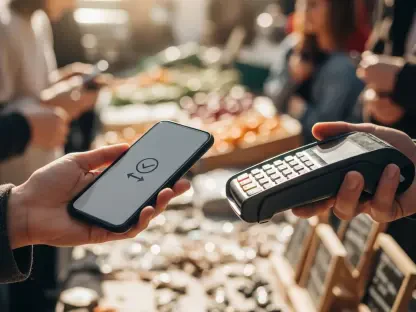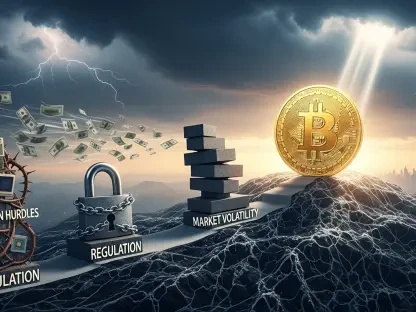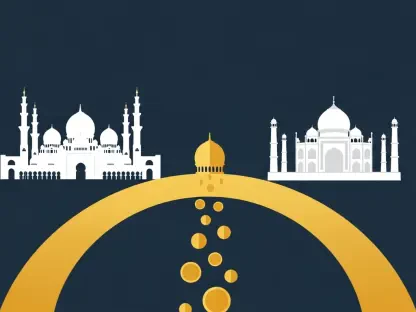Imagine a world where owning a piece of a Rembrandt masterpiece or a fraction of a luxury apartment in Manhattan is as simple as buying shares of stock. This is the promise of tokenization and asset digitization, a revolutionary approach that is reshaping how assets are traded, invested in, and managed. By converting real-world assets into digital tokens on a blockchain, tokenization and asset digitization are poised to transform the financial landscape, making it more accessible, liquid, and secure.
Tokenization: Redefining Ownership
Enhancing Liquidity and Reducing Transaction Costs
Tokenization involves converting tangible assets like real estate, fine art, or commodities into digital tokens that represent either full or fractional ownership. This innovative approach significantly enhances liquidity by enabling the trading of these digital tokens on various platforms. Traditional asset transactions can be bogged down by cumbersome processes and high costs. However, with tokenization, assets can be bought and sold much more easily and swiftly, reducing transaction costs and offering real-time data on asset prices and ownership.
For instance, consider the real estate market, which is notorious for its lack of liquidity and high transaction costs. By tokenizing real estate assets, property owners can sell fractional ownership shares to investors, democratizing access to high-value properties and allowing for a more fluid market. The same principle applies to fine art, where individual artworks can be tokenized, and fractional ownership can be traded, opening up new investment avenues in the art market. This enhanced liquidity and reduced transaction costs are revolutionizing how these assets are managed and traded, paving the way for a more dynamic and inclusive financial ecosystem.
Fostering Transparency and Security
In addition to enhancing liquidity and reducing transaction costs, tokenization also ensures transparency and security. Each token is recorded on a blockchain, an immutable ledger that provides real-time data on asset ownership and price history. This level of transparency is unprecedented in traditional financial markets, where information asymmetry often prevails. Investors can have greater confidence in the integrity of their investments, knowing that the blockchain provides a tamper-proof record of ownership and transactions.
Moreover, security is significantly bolstered through the use of blockchain technology. Traditional asset transactions are susceptible to fraud and manipulation, but tokenized assets benefit from the cryptographic security mechanisms inherent in blockchain systems. Each transaction is verified by a network of nodes, preventing unauthorized changes and ensuring the legitimacy of the transfer. This combination of transparency and security makes tokenization an attractive option for both institutional and retail investors, potentially reshaping the landscape of asset management.
Asset Digitization: Creating New Asset Classes
Simplifying Asset Management
Asset digitization, unlike tokenization, involves creating digital versions of physical assets using various digital technologies. These digitized assets can then be stored on a blockchain and traded as tokens, similar to their tokenized counterparts. The process of digitizing assets simplifies asset management by providing a unified digital representation that can be easily tracked, transferred, and traded. This simplification is particularly beneficial for high-value assets that are traditionally challenging to manage and transfer, such as luxury goods, rare collectibles, and even intellectual property.
For example, a luxury car can be digitized and represented as a digital token on a blockchain. This token can then be easily transferred or sold, allowing for more fluid and dynamic trading of high-value assets. Similarly, intellectual property rights, such as patents and trademarks, can be digitized, making it easier to manage and monetize these intangible assets. The creation of new asset classes through digitization expands the investment landscape, providing additional opportunities for diversification and growth.
Mitigating Risks of Fraud and Loss
One of the critical advantages of asset digitization is the mitigation of risks associated with fraud and loss. Physical assets are vulnerable to theft, damage, and fraud, while digital representations stored on a blockchain are protected by cryptographic security measures. Each digital asset is linked to an immutable record on the blockchain, ensuring that its ownership and transfer history cannot be altered or tampered with. This level of security provides greater assurance to investors and asset managers, reducing the risk of fraudulent activities and asset loss.
Furthermore, asset digitization allows for more efficient and secure transactions. Traditional asset transfers often involve multiple intermediaries, lengthy verification processes, and significant paperwork. Digitized assets, on the other hand, can be quickly and securely transferred on a blockchain, streamlining the transaction process and minimizing the potential for errors or fraud. This enhanced efficiency and security make asset digitization an appealing option for various industries, from real estate to intellectual property management.
The Impact on Traditional Financial Markets
Challenging Classical Asset Markets
The integration of tokenization and asset digitization into the financial ecosystem has far-reaching implications for traditional financial markets. Tokenized securities, commodities, and real estate have the potential to challenge classical stocks, bonds, and futures markets by introducing a new way of trading and investing in these assets. The increased liquidity, reduced transaction costs, and enhanced transparency offered by tokenization make these digital assets attractive alternatives to their traditional counterparts.
Consider the stock market, where shares of a company are traded on exchanges. By tokenizing company shares, investors can buy and sell fractional ownership, democratizing access to equity investments and enhancing market liquidity. Similarly, commodity markets could see significant transformation as physical commodities like gold, oil, and agricultural products are tokenized and traded more efficiently on blockchain platforms. The real estate market, traditionally illiquid and slow-moving, stands to benefit immensely from the introduction of tokenized properties, allowing for more dynamic and accessible real estate investments.
Navigating Regulatory and Technological Challenges
Envision a world where owning a piece of a Rembrandt painting or a fraction of a luxury condo in Manhattan is as simple as buying shares of stock. This is the vision brought to life by tokenization and asset digitization, a groundbreaking method that is revolutionizing the way assets are traded, invested in, and managed. By transforming real-world assets into digital tokens on a blockchain, this approach is set to overhaul the financial landscape, making it more accessible, liquid, and secure.
Tokenization allows individuals to buy and sell fractions of high-value assets, breaking down financial barriers and enabling more inclusive investment opportunities. Whether it’s fine art, real estate, or even collectibles, asset digitization opens up markets to a broader audience, providing a level of diversification previously reserved for high-net-worth individuals. This modern technique enhances liquidity, allowing for quicker, easier transactions while providing robust security through blockchain technology, assuring trust and transparency in every trade.









